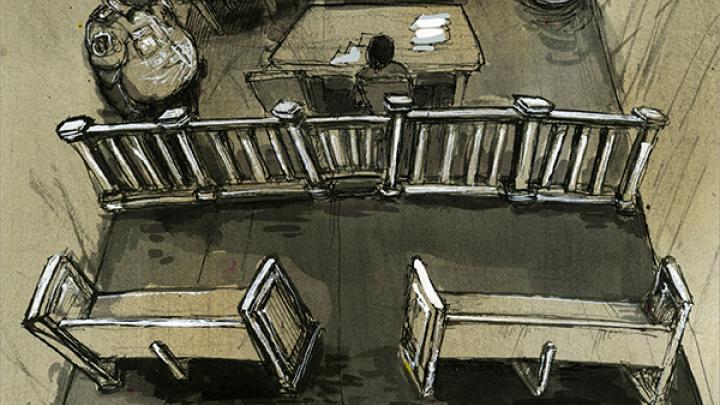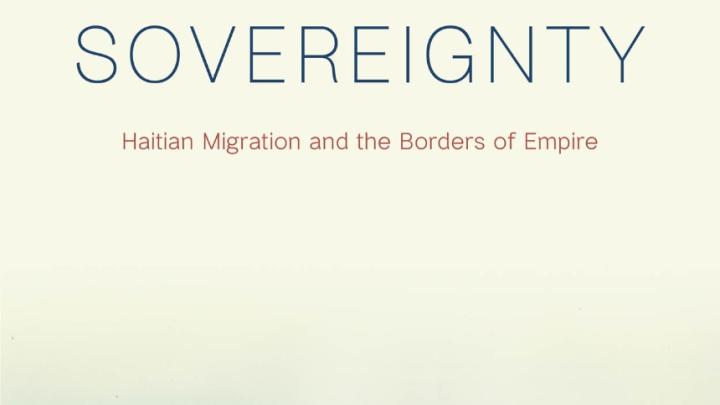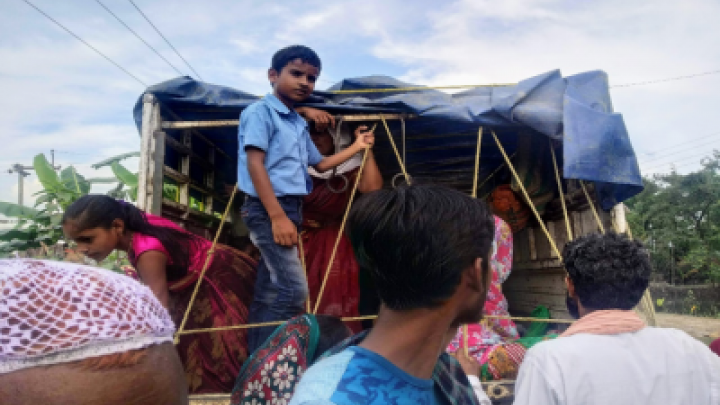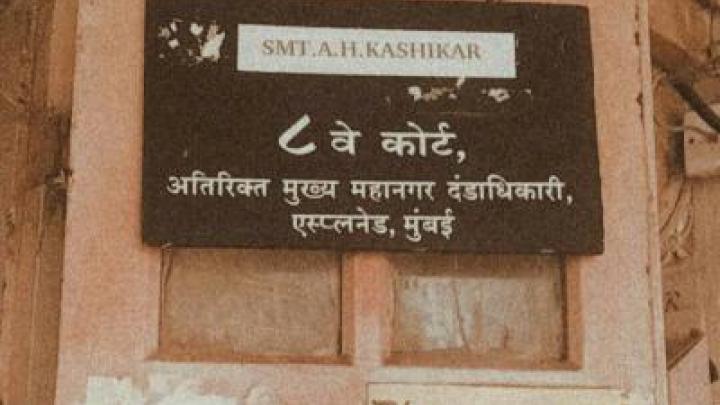Book Review: A Thousand Tiny Cuts: Mobility and Security across the Bangalesh-India Borderlands
Posted
Time to read
Post by Panchali Ray is Associate Professor of Anthropology and Gender Studies and Associate Dean at Krea University, India. She is currently engaged in an ethnographic study of rivers, borders, migration, and care regimes in the Bengal chars at the Indian border.
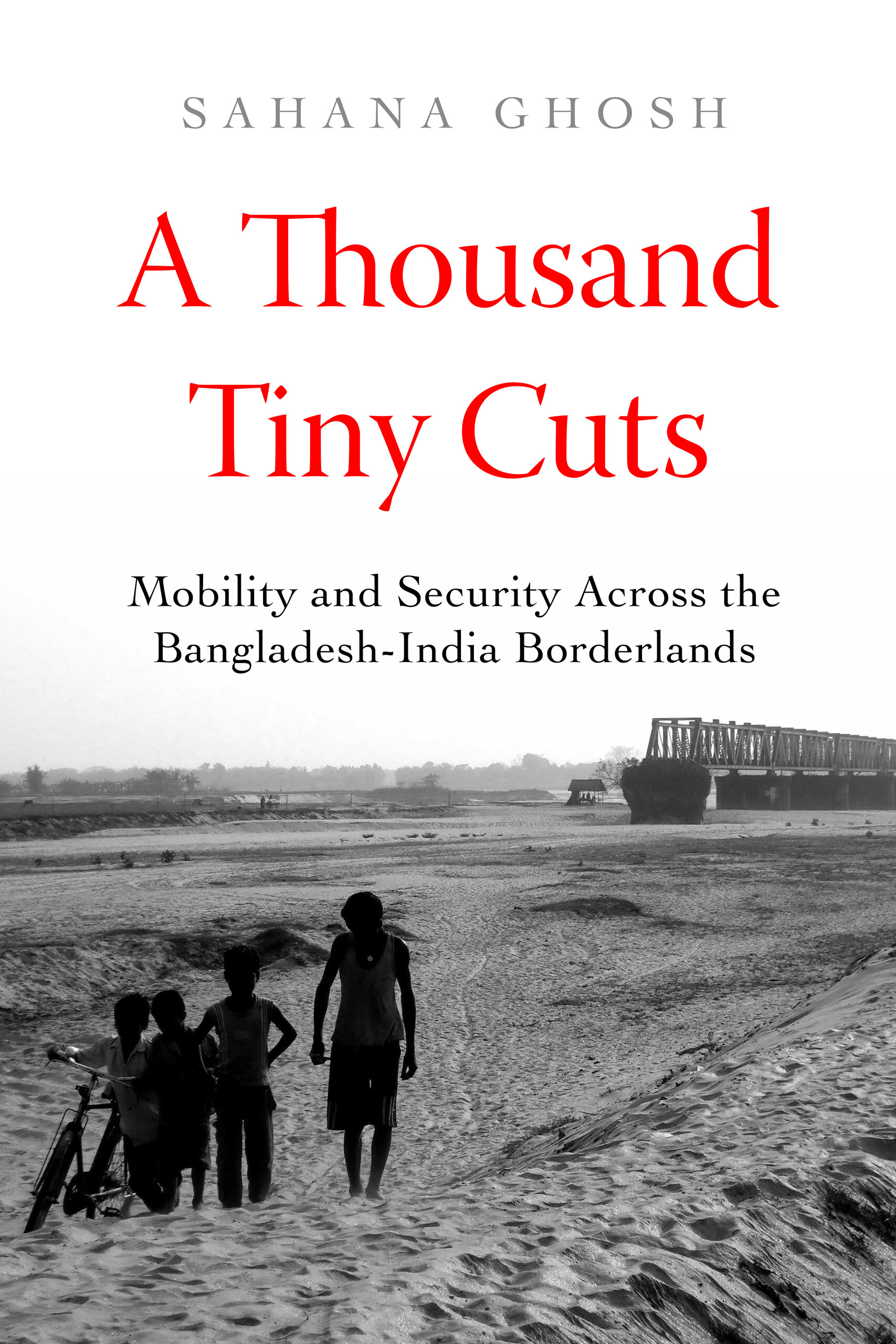 Review of A Thousand Tiny Cuts: Mobility and Security across the Bangladesh-India Borderlands by Sahana Ghosh (University of California Press, 2023)
Review of A Thousand Tiny Cuts: Mobility and Security across the Bangladesh-India Borderlands by Sahana Ghosh (University of California Press, 2023)
Sahana Ghosh’s A Thousand Tiny Cuts is a rich ethnographic study on the slow erosion and/or devaluation across the different domains of borderland life. Bordering, she argues, is an ongoing process that produces a relational value, connecting the intimate with the geopolitical. She urges her readers to pay close attention to the political economy of bordering and how mobilities and immobilities are shaped by, and generative of, transnational lives. The book is dedicated to understanding how hierarchical relations of value are produced and the impact such generative forces of devaluation have on the lives of borderland residents. Having spent the last couple of years in fieldwork on Bengal borderlands, I found the book’s portrayal of migration and mobility of borderland residents and the securitization and criminalization of the population particularly evocative and poignant. As the Bengali Muslim is increasingly cast as an ‘infiltrator’ and a ‘termite’, and the once porous India-Bangladesh border continues to harden, putting lives and livelihood under duress, A Thousand Tiny Cuts vividly brings us the devaluation at multiple scales. As Ghosh writes of bordering, ‘not a spectacular scar, a definitive event, an infinitely memorialized wound, but a slow ongoing, and accumulated sharpness; of being with and coming apart.”
Based on ethnographic fieldwork conducted in 2014 and 2015 across Indian and Bangladesh borders, the book writes against scholarship, which focuses on European and American understanding of borderlands as highly militarized and securitized, with an overemphasis on the fence. Instead, Ghosh focuses on bordering as an ongoing project of both space- and world-making that questions the stability and knowability of an already constituted borderland, and asks how it creates relational hierarchies. Or, to put it simply, what is simantey jibon (life in borderlands)? The first four chapters trace this gradual and cumulative devaluation caused by a seemingly “friendly border”, while the last two chapters focus more on the fashioning of subjects and subjectivities as the intimate and the geopolitical are mediated through the category “national”, both epistemically and as an imaginary. While emphasizing the post-colonial nature of the Bangladesh-India border, Ghosh pays particular attention to how contemporaneous politics is constitutive of how borderlands are an embodied experience for some more than others. While most scholarship on border security focuses on spectacular acts of violence surrounding the fence, A Thousand Tiny Cuts proposes “security socialities” that go beyond the “repression/resistance binary” to understand the borderland as a gendered security zone. This understanding is further exemplified by the chapter “Relative Intimacies”, which examines how kinship ties across borders, or transnational kinship, become a site of struggle, power, and articulations of unequal stratification and hierarchy, interwoven with practices of bordering. As much as kinship across borders is not new, the hardening of borders over the last twenty years has inevitably led to such relations embodying nationality, thus making the family the site where national identities now stick.
Chapters five and six are provocative invitations to contemplate mobility and immobility in the borderlands of India and Bangladesh. Moving away from the recurring theme of “clandestine” mobility across borders, chapter five focuses instead on the risk, mobility, and criminalization of young men residing in borderlands. Militarization of the borders, depeasentization, growing consumerist desires, and accumulating capital to keep households afloat often lead to young men leaving the village searching for waged labour in informal and illegal sectors. As much as borderlands are spaces that make subjects at risk—whether peddling contraband goods or being informants for security forces—moving away from the border is no less risky. Chapter 6 dwells more on citizenship and shows us the slippages between refugees, citizens, and migrants. As I write this review essay, my social media feed is filled with news of the Indian Government’s notification of the rules of the infamous Citizenship Amendment Act (passed in 2019) that turns the foundation of citizenship from birth to descent, successfully transforming it from a secular to a religious category. Thus, when Ghosh argues that in the shadows of the CAA, on the borderlands, one observes “speculative citizenship,” i.e. a claim to refugeehood, not for rehabilitation, but as deserving of Indian citizenship, one cannot help but think of the partition, the communal skirmishes, the informal exchange of land, and histories of victimhood that will now come to dominate any claim-making in the present. And, it is in this performativity that one finds clues to disentangle sedimented histories of citizens, refugees, and suspected ‘foreigners” in both India and Bangladesh borders.
Ghosh’s disavowal of narratives of spectacular violence along the border fence, a common theme for scholars on border, security, and mobility, or theorizing ‘clandestine’ mobility within the framework of moral economy, allows her readers to dwell on the everyday, intimate lives of borderland residents, as they grapple with the complexities and the multiplicities of various domains of power. Central to the author’s project is the refusal to accept the nationalist framing of borders as remote sites of national security. Instead, she brings to her readers the national security regime’s centrality in the devaluation of life and livelihood. This remarkable ethnographic study breaks new ground in understanding borderland lives, departing from the usual South Asian scholarship that studies regimes of mobility and citizenship through the prisms of partition and war, particularly for this region.
How to cite this blog post (Harvard style):
P. Ray. (2024) Book Review: A Thousand Tiny Cuts: Mobility and Security across the Bangalesh-India Borderlands . Available at:https://blogs.law.ox.ac.uk/border-criminologies-blog/blog-post/2024/05/book-review-thousand-tiny-cuts-mobility-and-security. Accessed on: 13/03/2025Share
YOU MAY ALSO BE INTERESTED IN
With the support of









